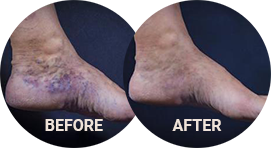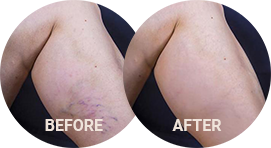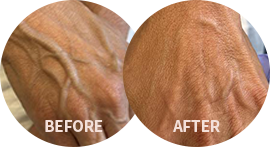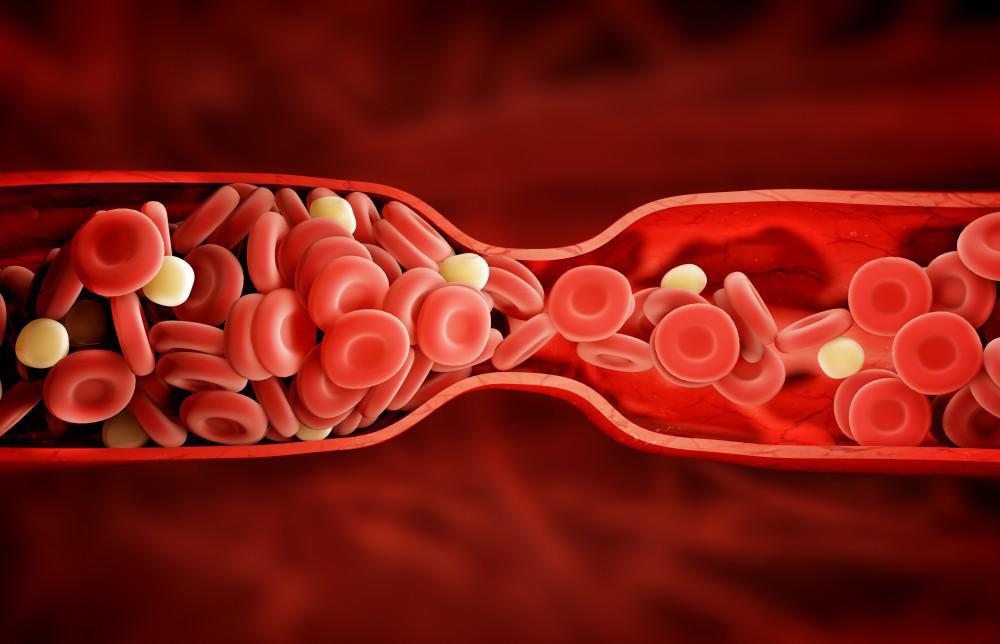According to the National Blood Clot Alliance, as many as 274 people die on a daily basis from a blood clot. Yet only 1 out of every 4 people know the warning signs of a blood clot.
At Premier Vein Clinic, our board-certified vascular surgeon, Dr. David Naar wants you to know the signs and symptoms of a blood clot so you can get the medical care you need and not become a statistic.
Contents
What is a Blood Clot?
Blood that clumps together and turns from a liquid to a more solid state is a blood clot. In the case of a cut or other injury, a blood clot is usually helpful because it stops the bleeding so the area can begin to heal. Unfortunately, a blood clot that forms inside your vein can be dangerous to your health.
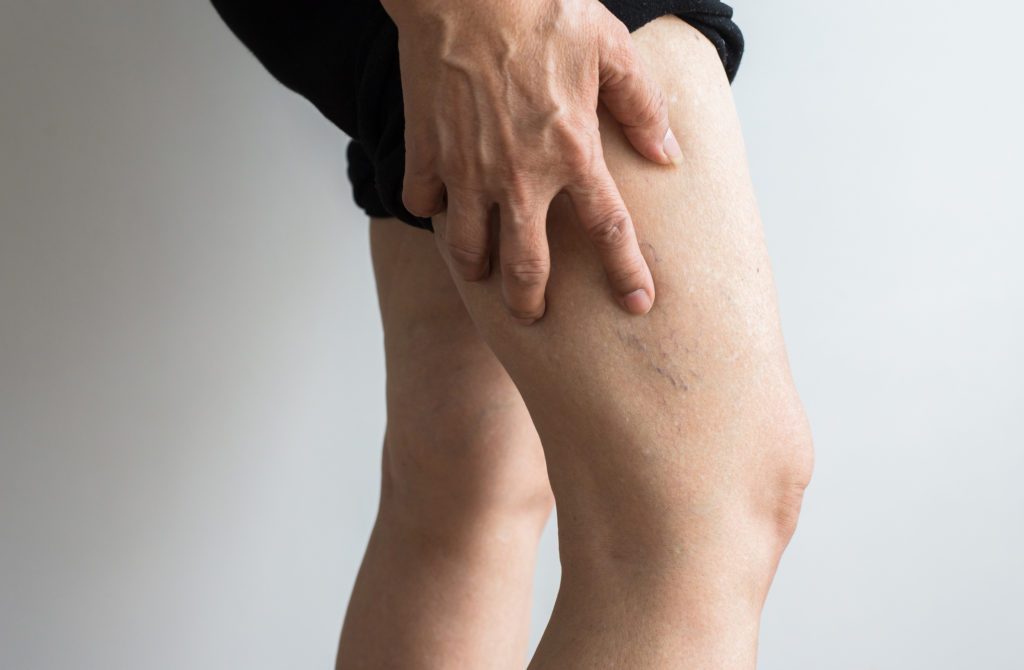
Any condition in your vein that prevents your blood from flowing through may lead to a blood clot. An injury, surgery, certain medications, and immobility are common causes. You may be at an increased risk of developing a blood clot if you’re overweight, you’re a smoker, or you have a family history of blood clots. Certain health conditions, such as heart failure, inflammatory bowel disease, and cancer may also increase your risk of developing a blood clot.
Once a blood clot forms, it can travel to other parts of your body and lead to life-threatening conditions, such as a pulmonary embolism, heart attack, or stroke.
Warning Signs You May Have a Blood Clot
A blood clot can develop in many areas of your body. The signs and symptoms you experience may depend on which body part is affected.
Legs and Arms
A blood clot that develops in the arm or leg is common and is referred to as a deep vein thrombosis (DVT). With a DVT you may experience pain, swelling, and a change in the color of your skin in the affected extremity. If your DVT occurs in your leg, you may also develop leg cramps. DVTs are a serious health concern because if the blood clot dislodges from its position in your leg, it can travel to your lungs and cause a pulmonary embolism, which is a life-threatening condition that affects blood flow to your lungs.
Lungs
A blood clot in your lungs requires immediate medical attention. Warning signs you may be experiencing a pulmonary embolism include:
- Chest pain
- Difficulty breathing
- Coughing
- Sweating
- Dizziness
It’s very important to know the symptoms of a pulmonary embolism if you have a medical history of DVT. Call 911 or go to your nearest emergency room if you’re experiencing any of these symptoms.
Abdomen
You can also develop blood clots in the veins that remove blood from your intestines. Liver disease, diverticulitis, and use of birth control pills increase your risk of developing a blood clot in these veins. Warning signs include:
- Abdominal pain
- Nausea or vomiting
- Blood in your stool
- Diarrhea
With an abdominal blood clot you may notice a worsening of your abdominal pain after you eat.
Blood clots can also form in the blood vessels that supply blood to your heart (leading to a heart attack) or brain (leading to stroke).
Treatment for a Blood Clot
Treatment for your blood clot may depend on its location and the related health risks. The goal of treatment is to prevent your blood clot from getting larger or breaking loose. Dr. Naar is a highly-respected and skilled vascular surgeon and offers many treatment options for blood clots, including:
- Blood thinners
- Medication to break up the clot
- Compression stockings for DVTs in the legs
Dr. Naar can also insert an inferior vena cava (IVC) filter to stop any blood clot in your leg from reaching your lungs. The filter is placed in the largest vein in your body, the inferior vena cava.
A blood clot can affect anyone at any time. Knowing the early warning signs may help you get the care you need to prevent more serious health complications. For a consultation with Dr. Naar, call Premier Vein Clinic’s office in West Lake, Ohio, or request an appointment online today.


